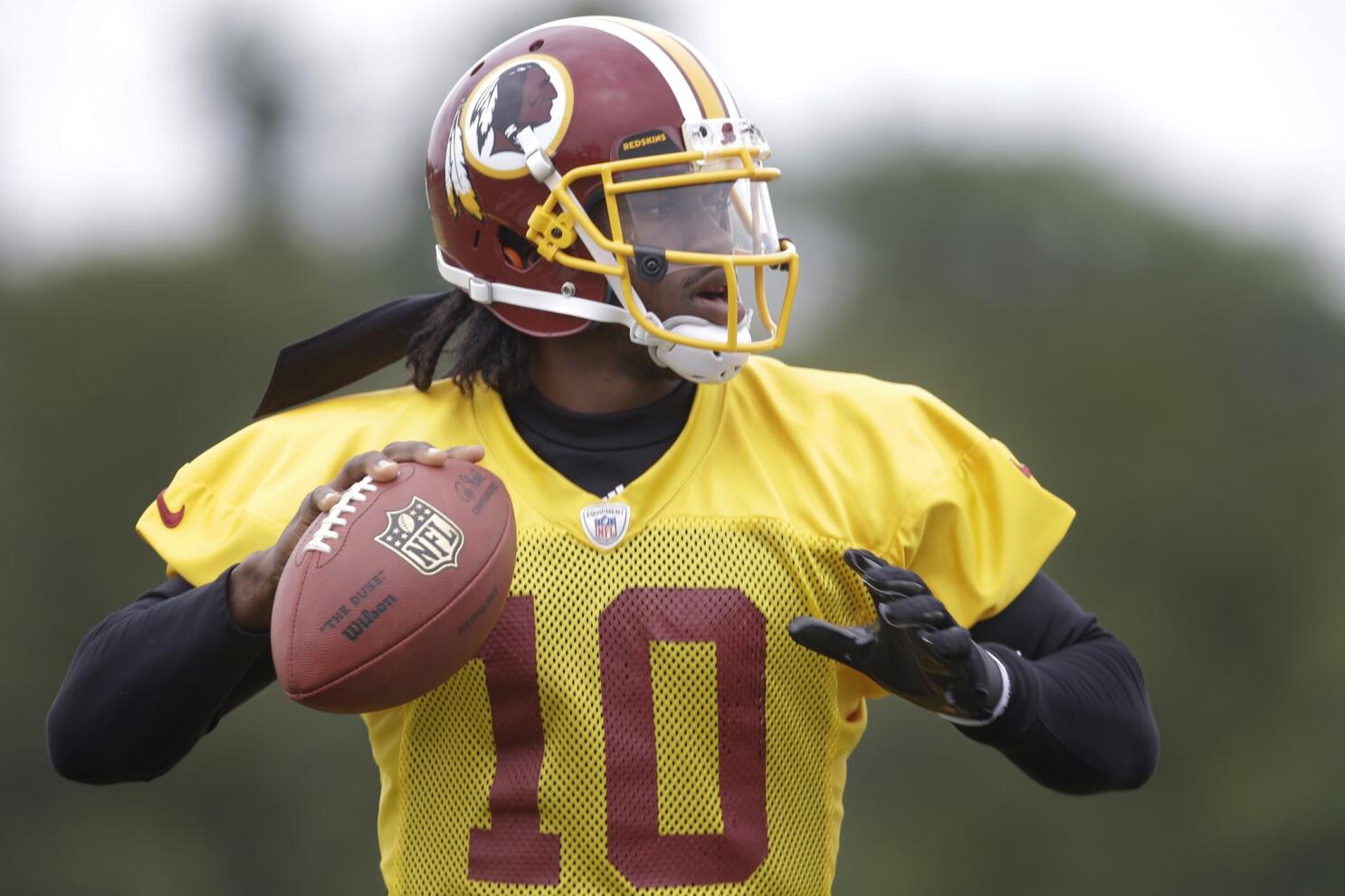Why Quarterback Option Works
The quarterback option offense creates numerical advantages by forcing defenses into reactive decisions. It hinges on the QB's ability to read the end defender post-snap, leveraging athleticism to exploit gaps in the defense. Key reasons for its effectiveness include:
- It neutralizes aggressive pass rushes by introducing run threats.
- Simplifies blocking schemes for the offensive line, reducing errors.
- Generates explosive plays when defenses misassign assignments.
This system thrives in modern football by adapting to varied defensive fronts, making it difficult to prepare for.
Expert Tips for Better Implementation
To maximize QB option effectiveness, focus on disciplined execution and situational awareness.

- Perfect QB Reads: Train the quarterback to identify the "read key" defender (e.g., DE or OLB) within milliseconds. Use film study to anticipate tendencies.
- Synchronized Timing: Ensure the mesh point with running backs is crisp and consistent to avoid turnovers and maximize yardage.
- Incorporate RPOs (Run-Pass Options): Blend option concepts with quick passes to exploit overcommitted defenders, keeping defenses off-balance.
- Varied Formations: Employ motion and shifts to disguise play intentions, forcing defenses to show their hand early.
- Practice Under Pressure: Simulate game-speed scenarios during drills to improve decision-making and ball security in high-stress situations.
By refining these elements, teams can sustain drives and elevate offensive efficiency.








